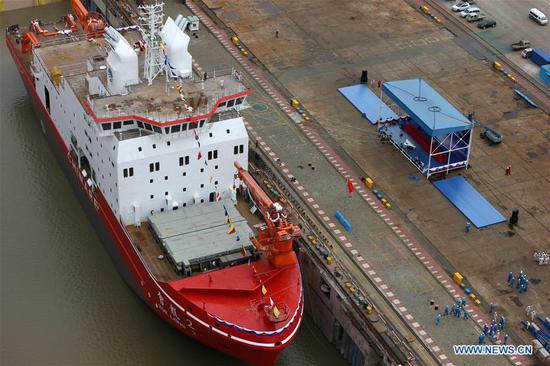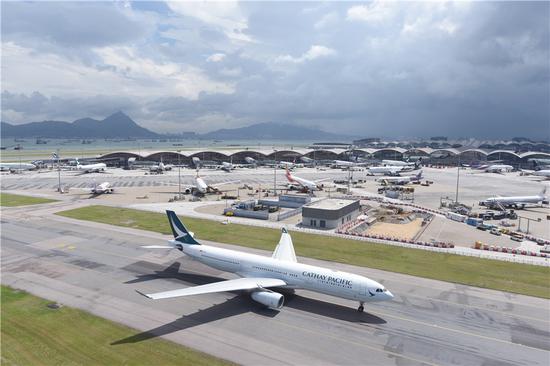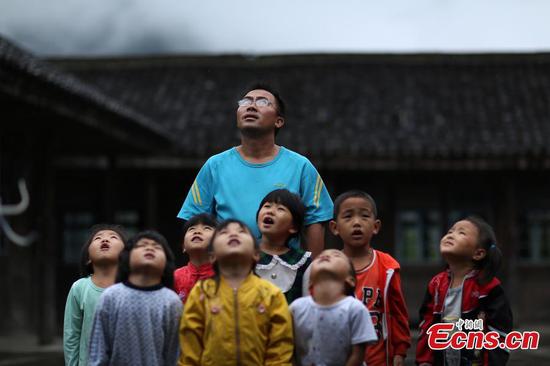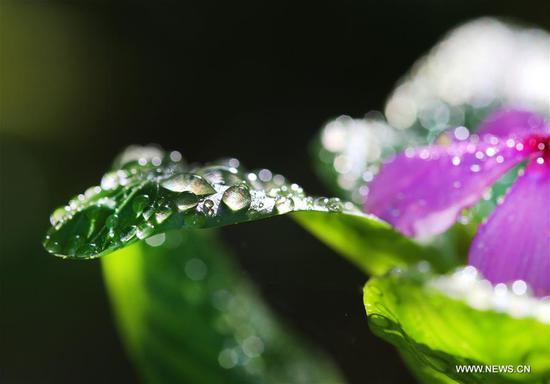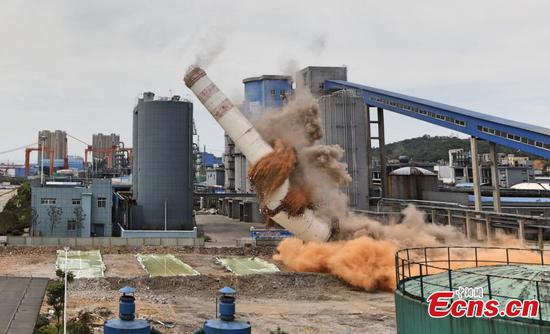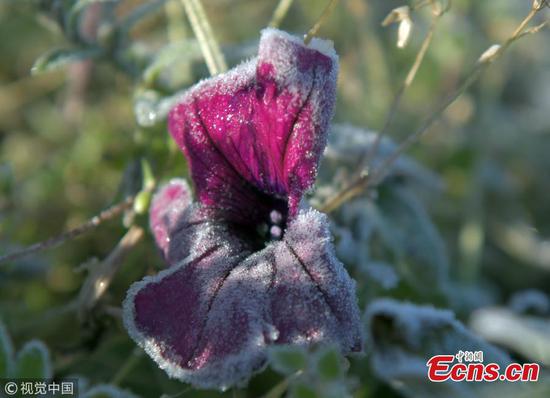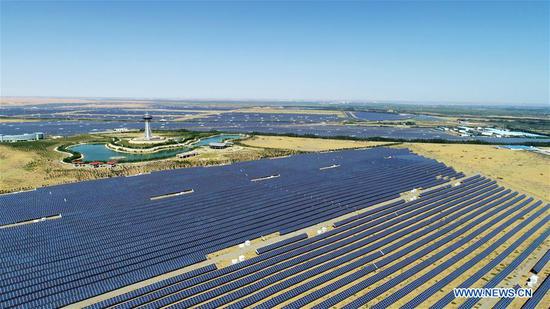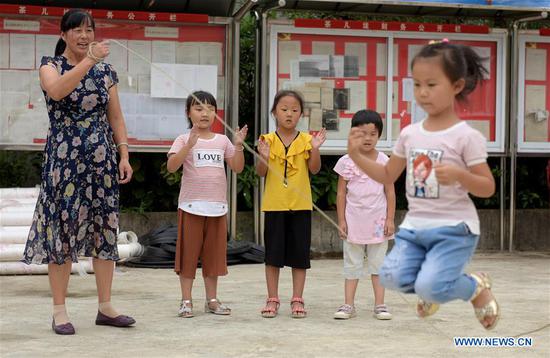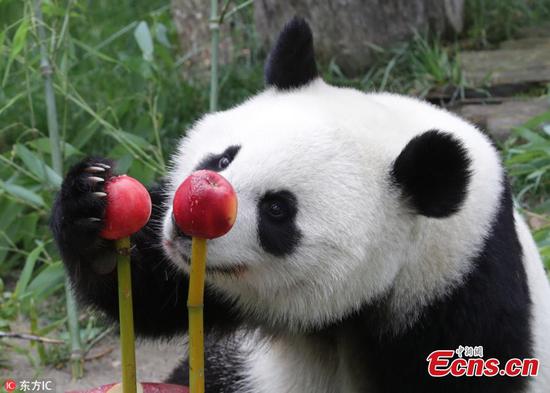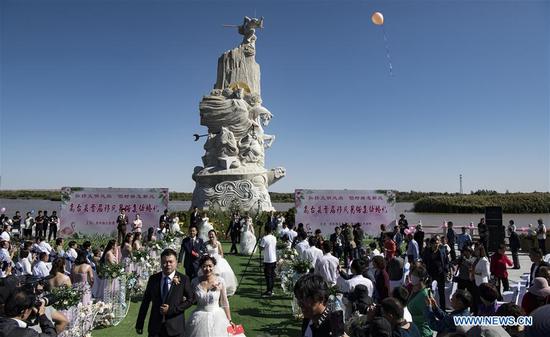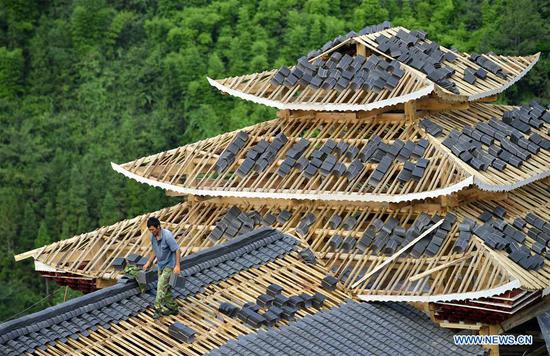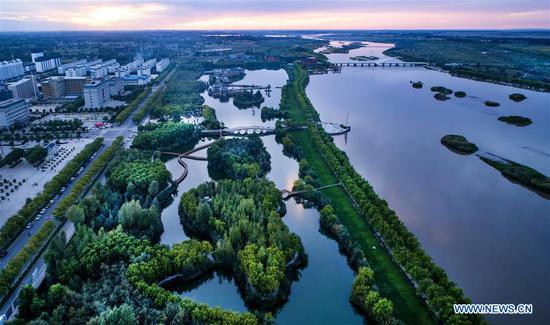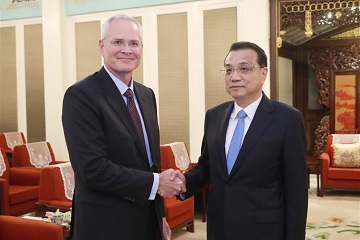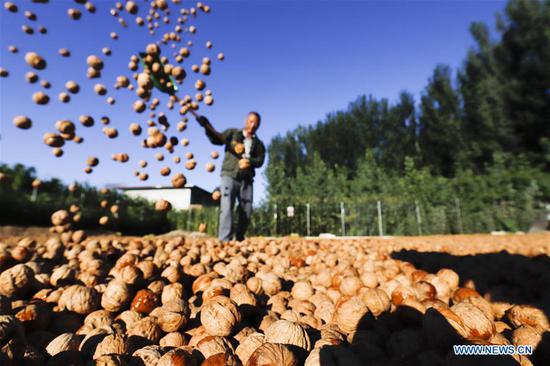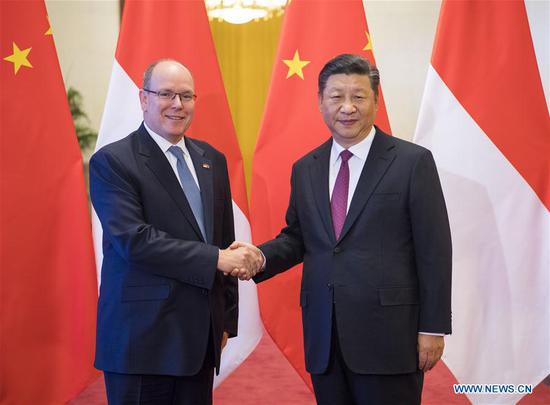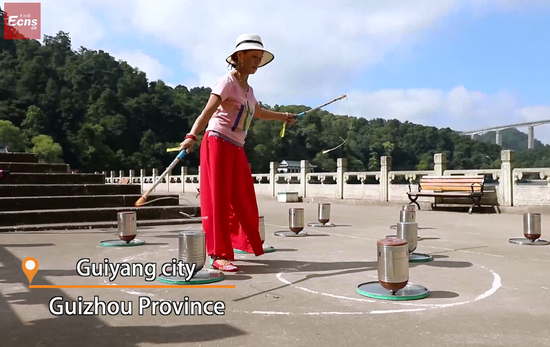
Artists perform a Tibetan dance routine at the Fourth China Tibet Tourism and Cultural Expo on Friday. (Photo by Phenthok/Tibet Daily)
Visitors bring cash, but ecology more important, region's chairman says
The Tibet autonomous region will put environmental conservation ahead of tourism development, officials said at the Fourth China Tibet Tourism and Cultural Expo, which is scheduled to close on Tuesday.
The region's tourism industry has been developing quickly in recent years and has become a growth driver, Qizhala, chairman of the regional government, said during the expo. Tourism contributes at least 30 percent of Tibet's GDP, he said.
The number of tourists from home and abroad that Tibet receives annually is expected to reach 30 million, up from 10 million in 2012 and 20 million in 2015, he said.
Despite the breathtaking tourism boom, the regional government has always made the environment the bottom line, he said. It is working with experts specializing in the Qinghai-Tibet Plateau, and listening to their advice on balancing environmental protection with tourism. Efforts are being made to prevent "blind development and overdevelopment", he said.
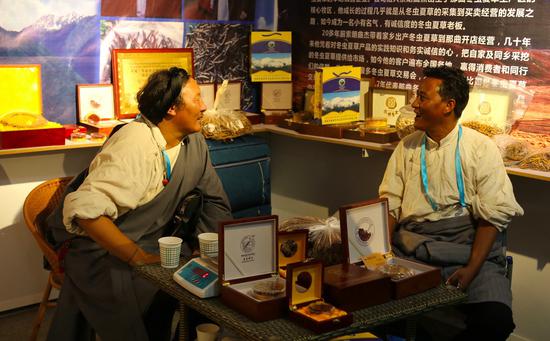
The region also plans to reduce the number of tourists visiting some of its scenic spots close to glaciers, such as Mount Qomolangma. An upper limit of visits to Mount Qomolangma will be set and implemented in 2019, he said.
"We always need to keep in mind the bottom line of environmental protection," he said.
Since 2009, a total investment of 9.6 billion yuan ($1.4 billion) has been poured into ecological protection in the region. Last year alone, 1.14 billion yuan was invested, according to the regional government.
To better protect wildlife, it established a mechanism in 2015 under which farmers and herders who suffered losses caused by wild animals could get compensation. So far, 85 million yuan has been spent.
As for the future, Yao Tandong, director of the Chinese Academy of Sciences' Qinghai-Tibet Plateau Institute, proposed at the expo that more national parks should be established to make better use of tourism resources and protect the environment.
Thanks to surveys by the Qinghai-Tibet Plateau scientific study team, the region is considering the establishment of four national parks in the region, including Tibet's largest lake, Siling Co; Mount Qomolangma; the Yarlung Zangbo Grand Canyon; and the Earth Forest of the Guge Kingdom.
Once such scenic national parks are established, unified planning can be undertaken for their protection to minimize the damage of tourism on the environment, said Qizhala, the region's chairman.









